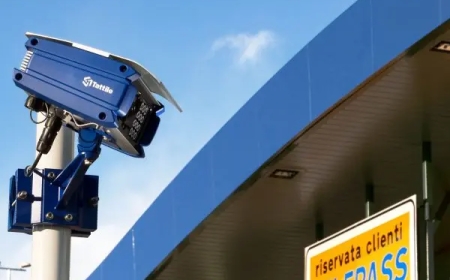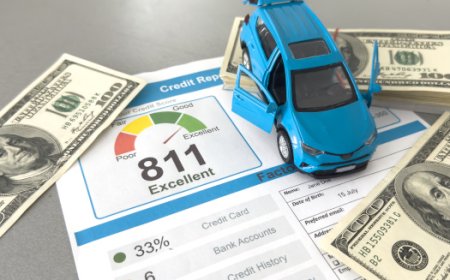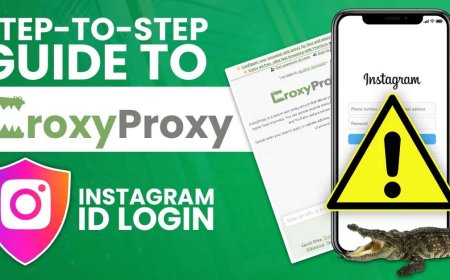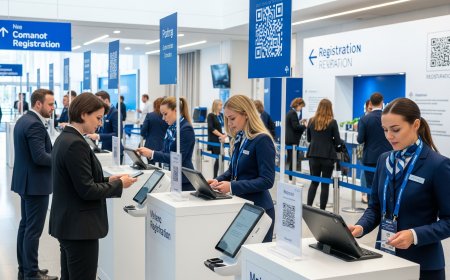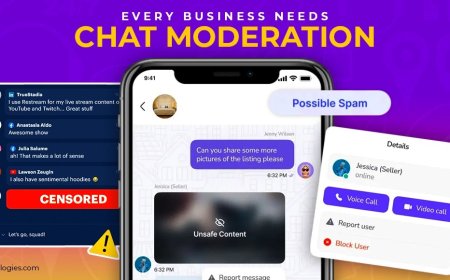Successful Coalition Loyalty Programs to Boost Brand Loyalty
One increasingly popular strategy is the coalition loyalty program—a collaborative model that brings multiple brands together under one unified rewards structure to offer greater value to customers.
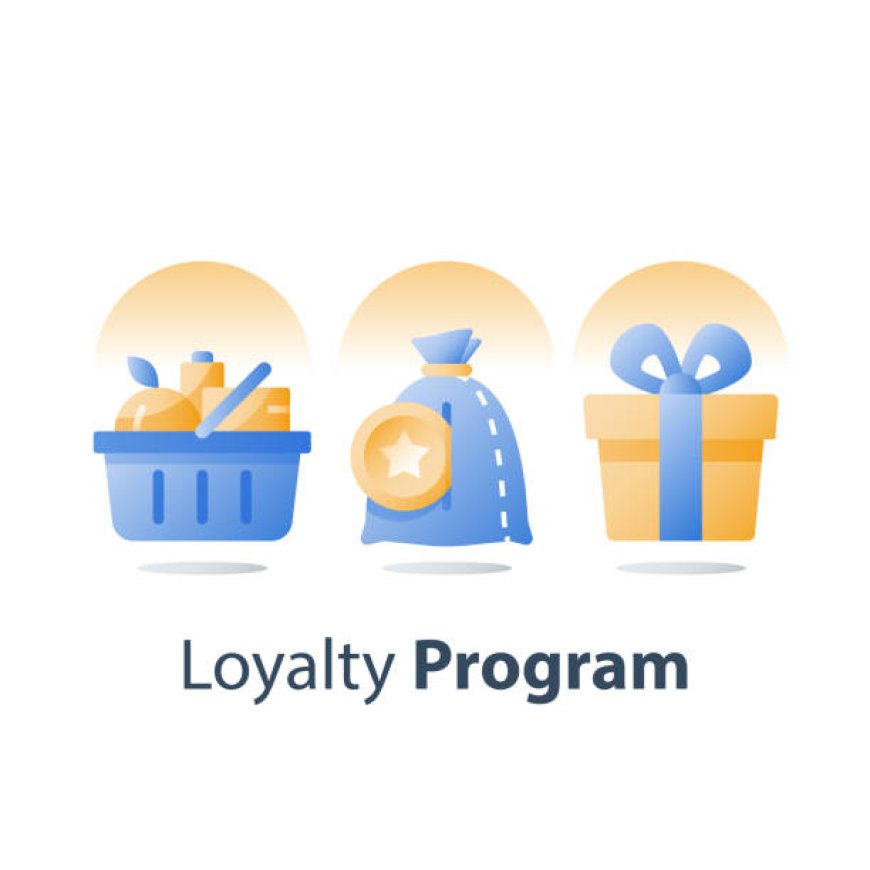
In todays competitive market landscape, retaining customers has become more critical than ever. Businesses across sectors are constantly looking for ways to enhance customer engagement, increase retention, and strengthen brand loyalty. One increasingly popular strategy is the coalition loyalty programa collaborative model that brings multiple brands together under one unified rewards structure to offer greater value to customers.
Unlike traditional loyalty programs that are limited to a single brand, a coalition loyalty program allows consumers to earn and redeem rewards across a network of partnered businesses. This not only adds convenience for customers but also increases the earning potential, creating a compelling reason to stay within the network.
What Is a Coalition Loyalty Program?
A coalition loyalty program is a shared platform where multiple brands participate to create a combined rewards ecosystem. Customers can accumulate points or benefits from one partner and use them with another, enjoying greater flexibility and value from their loyalty.
These programs are usually managed by a central organization or platform that facilitates the technology, point conversion, data analysis, and member management across all participating brands. Popular examples of such programs include Payback, Nectar, and Air Mileseach involving several companies that contribute to and benefit from a shared pool of loyal customers.
Why Coalition Loyalty Programs Are Gaining Popularity
Consumers appreciate simplicity and value. A coalition loyalty program enables them to earn rewards faster by shopping across multiple brands they already use. The ability to redeem those rewards flexiblywhether for travel, groceries, apparel, or electronicsmakes such programs more attractive than single-brand initiatives.
For businesses, the advantages are just as compelling:
-
Shared Customer Base: Brands gain exposure to customers of other coalition members.
-
Lower Costs: Program development, marketing, and operational expenses are shared among partners.
-
Increased Engagement: Broader earning and redemption opportunities make customers more likely to participate actively.
-
Stronger Data Insights: Centralized platforms allow for rich data analytics and customer behavior tracking across sectors.
Key Components of a Successful Coalition Loyalty Program
To maximize the effectiveness of this model, a coalition loyalty program must include the following core components:
1. Diverse Partner Network
Brands across different but complementary industries (e.g., retail, travel, fuel, groceries) help maximize the appeal and usefulness of the program to customers.
2. Unified Rewards System
There should be a consistent system for earning and redeeming points, with clear rules, rates, and values. Transparency builds trust and encourages continued participation.
3. Advanced Technology Infrastructure
A robust digital platform is essential for real-time tracking, personalized offers, mobile app functionality, and seamless customer experience.
4. Data Sharing & Privacy Compliance
Effective coalition programs require collaboration on customer datayet must strictly adhere to privacy regulations to maintain trust and compliance.
5. Marketing and Communication Strategy
Brands must communicate the benefits of the coalition clearly and consistently to drive customer adoption and participation.
Benefits for Participating Brands
Joining a coalition loyalty program offers several strategic advantages for businesses:
-
Customer Acquisition: Tap into a larger pool of potential customers who already engage with coalition partners.
-
Brand Exposure: Gain visibility in joint campaigns and shared platforms like apps or websites.
-
Retention and Frequency: Customers tend to remain within the network to maximize rewards.
-
Cost Efficiency: Shared program management reduces financial and administrative burden.
These are some of the reasons why coalition models are considered among the most Effective Loyalty Programs for multi-brand customer engagement.
Real-World Examples of Coalition Programs
Payback (India and Germany)
One of the most well-known coalition programs, Payback allows customers to earn and redeem points across categories like fuel (HPCL), retail (Big Bazaar), travel (MakeMyTrip), and more. The platform is user-friendly and offers personalized offers based on shopping history.
Nectar (UK)
Managed by Sainsburys, Nectar includes brands like Argos, Esso, and British Airways. It successfully maintains a large customer base through a mix of physical and digital touchpoints, offering convenience and choice.
AIR MILES (Canada)
A staple in Canadian households, AIR MILES partners with over 200 retailers, offering points that can be redeemed for merchandise, travel, and experiences.
These examples highlight how effective coalition programs can create win-win scenarios for both customers and brands.
How to Launch a Coalition Loyalty Program
If you're a business considering joining or forming a coalition loyalty program, here are some key steps to follow:
-
Identify Suitable Partners: Look for businesses with shared customer values but non-competing offerings.
-
Align on Objectives: Ensure all partners agree on the goals of the programbe it customer retention, acquisition, or engagement.
-
Choose the Right Platform: Work with a technology provider that supports real-time data syncing, mobile integration, analytics, and secure data management.
-
Define Clear Earning and Redemption Rules: Simplicity and transparency are key to gaining customer trust.
-
Launch with a Unified Message: A joint marketing campaign will maximize awareness and early adoption.
Challenges and Considerations
While coalition programs offer clear advantages, they also come with challenges:
-
Complex Coordination: Aligning multiple partners and systems can be difficult.
-
Brand Dilution Risk: Smaller brands may fear losing identity in a large network.
-
Revenue Sharing Disputes: Ensuring fair allocation of costs and benefits requires careful planning.
However, with strong governance, clearly defined rules, and the right technology, these challenges can be effectively managed.
Final Thoughts
A coalition loyalty program is a powerful strategy to create shared value between businesses and customers. By offering broader reward options, enhanced convenience, and greater earning potential, coalition programs address customer needs while delivering tangible benefits to participating brands.
As customer expectations evolve, businesses that embrace collaborative loyalty models will be better positioned to engage their audiences, build long-term relationships, and achieve sustainable growth. With the right structure and execution, coalition loyalty programs represent the future of loyalty marketingone built on partnership, data intelligence, and customer-centricity.











